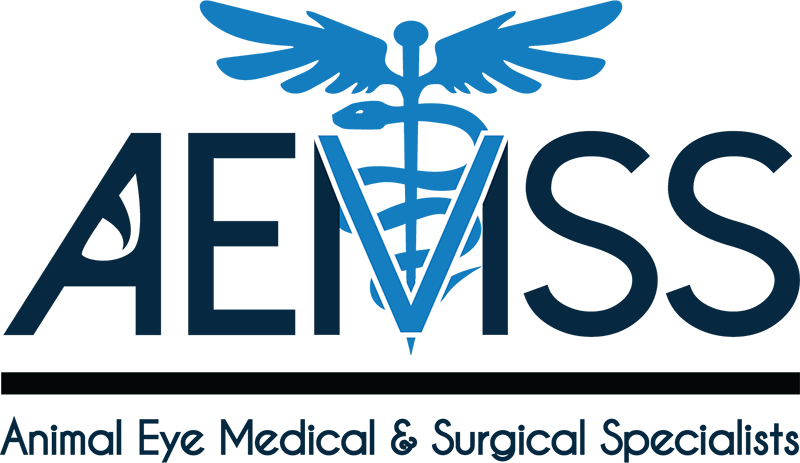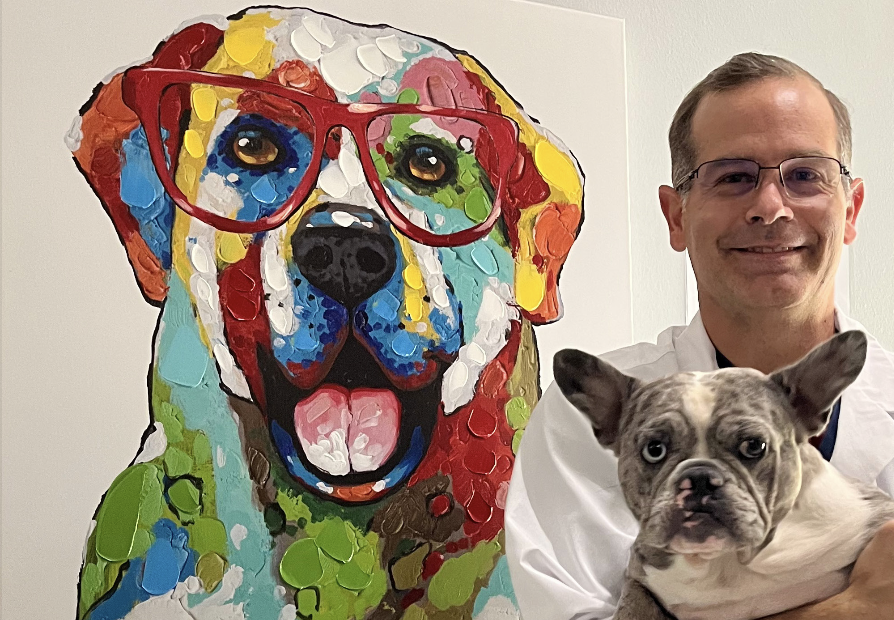Pet Retinal Hemorrhage in Katy, TX
Retinal hemorrhage is a serious condition that can lead to significant vision loss in pets if left untreated. Understanding the causes and symptoms is crucial for early detection and management. At Animal Eye Medical & Surgical Specialists in Katy, TX, we offer specialized care to help preserve your pet’s vision and overall eye health.
Understanding Retinal Hemorrhage in Pets
Retinal hemorrhage occurs when there is bleeding within or around the retina, the light-sensitive layer at the back of the eye. This condition can severely impact a pet’s vision, depending on the location and extent of the hemorrhage.
Retinal hemorrhage can present in different ways, depending on the location of the bleeding:
- Intra-Retinal Hemorrhage: Bleeding within the retinal layer itself.
- Sub-Retinal Hemorrhage: Bleeding between the retina and the underlying choroid, the vascular layer of the eye.
- Pre-Retinal Hemorrhage: Bleeding that occurs between the retina and the vitreous, the gel-like substance that fills the eye.
Understanding the type and extent of the hemorrhage is essential for determining the appropriate course of treatment.

Causes of Retinal Hemorrhage in Pets
Several factors can lead to retinal hemorrhage in pets, including:
Hypertension is a common cause of retinal hemorrhage, especially in older pets. Elevated blood pressure can cause blood vessels in the retina to rupture, leading to bleeding.
Physical injury to the eye or head can result in retinal hemorrhage. This is often seen in pets that have been involved in accidents or have suffered blunt-force trauma.
Conditions that cause inflammation or infection within the eye, such as uveitis, can lead to retinal hemorrhage.
Pets with diabetes are at an increased risk of developing retinal hemorrhage due to changes in the blood vessels within the eye.
Coagulopathies, or abnormalities in blood clotting, can cause spontaneous bleeding in the retina.
Clinical Signs of Retinal Hemorrhage
The symptoms of retinal hemorrhage can vary depending on the severity and location of the bleeding. Common clinical signs include:
- Hyphema: Visible blood in the front chamber of the eye, which may be noticeable as a red or dark discoloration.
- Pupil Dilation: Abnormal enlargement of the pupil, which may not respond to light as it should.
- Blindness: Sudden or gradual loss of vision, which may affect one or both eyes.
In some cases, retinal hemorrhage may be more subtle and not produce obvious symptoms. Regular eye examinations are crucial for early detection and management of this condition.
Diagnosing Retinal Hemorrhage
A thorough eye examination by a veterinary ophthalmologist is essential for diagnosing retinal hemorrhage. This examination may include:
- Ophthalmoscopy: A detailed inspection of the retina using specialized equipment to identify the presence and extent of hemorrhage.
- Blood Pressure Measurement: Monitoring your pet’s blood pressure to determine if hypertension is a contributing factor.
- Blood Tests: Evaluating for underlying conditions such as diabetes or blood clotting disorders that may have led to the hemorrhage.
Treatment of Retinal Hemorrhage in Pets
The primary goal of treatment for retinal hemorrhage is to address the underlying cause. Once the root issue is managed, the hemorrhage may resolve on its own, and the retina can begin to heal. Treatment options may include:
Medication
For conditions like high blood pressure or inflammation, medications can help control the underlying issue and prevent further hemorrhage.
Surgical Intervention
In some cases, surgery may be required to repair damage to the eye or remove blood that is obstructing vision.
Ongoing Monitoring
Regular follow-up appointments are essential to monitor your pet’s progress and ensure that the hemorrhage is resolving as expected.
Key Services at Animal Eye Medical & Surgical Specialists
- Comprehensive Eye Examinations: Thorough evaluations to diagnose retinal hemorrhage and other ocular conditions.
- Advanced Diagnostic Tools: Specialized equipment for accurate assessment of your pet’s eye health.
- Personalized Treatment Plans: Tailored care strategies to address the specific needs of your pet.
- Experienced Veterinary Ophthalmologists: Expert care from specialists in managing complex eye conditions.
At Animal Eye Medical & Surgical Specialists in Katy, TX, we are committed to providing the highest level of care for pets with retinal hemorrhage. Contact us today to schedule an eye examination if you suspect your pet may be experiencing vision problems. Early intervention is key to preserving your pet’s sight and quality of life.

